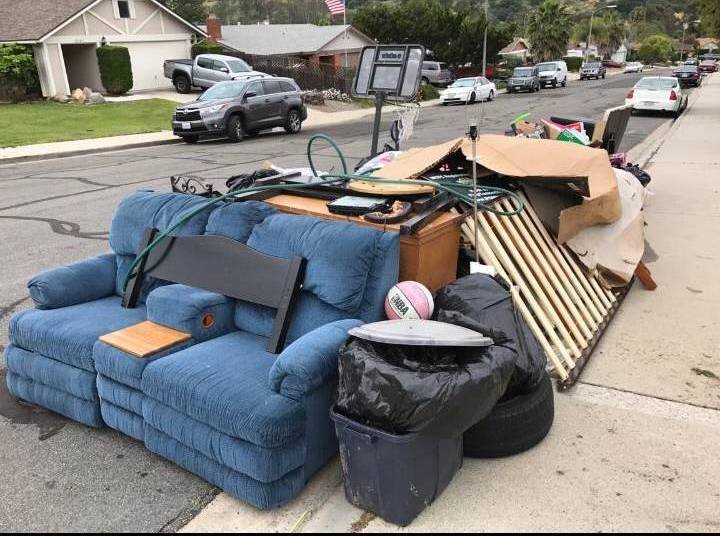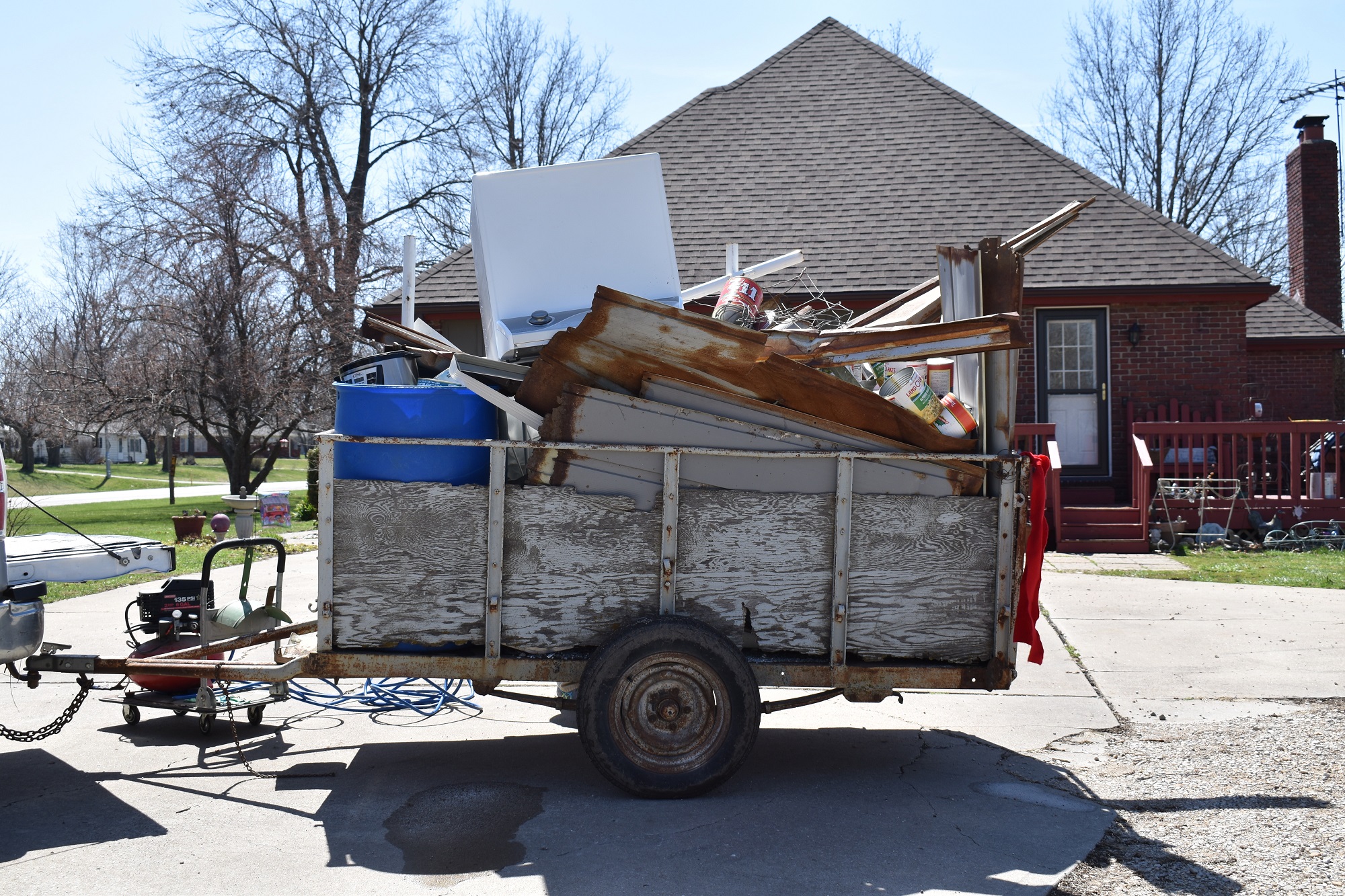Expert Waste Administration Strategies Customized for Industrial Setup
Customizing waste monitoring strategies to match the distinct needs of industrial settings is not simply helpful yet important for preserving operational efficiency and ecological sustainability. The pursuit for improved waste monitoring in industrial setups includes a meticulous method that stabilizes governing compliance, cost-effectiveness, and ecological duty.
Importance of Tailored Waste Management
Tailored waste administration methods are necessary in industrial setups to optimize resource application and reduce environmental impact. Industrial operations create a considerable amount of waste, varying from solid byproducts to chemical contaminants, posturing a risk to the environment if not taken care of successfully (Furniture removal Atlanta). By customizing waste administration strategies to match the specific requirements and challenges of each commercial center, companies can not just adhere to laws yet additionally boost functional effectiveness and sustainability
One key aspect of tailored waste monitoring is carrying out a thorough waste assessment to determine the kinds and volumes of waste created. This analysis allows business to execute targeted solutions such as reusing programs, waste partition protocols, and waste-to-energy campaigns. By understanding the structure of their waste streams, commercial centers can develop cost-efficient methods to reduce waste generation at the resource, leading to long-lasting ecological benefits.

Kinds Of Hazardous Waste
What are the various categories of commercial waste generally produced in producing processes? Industrial waste can be identified right into a number of main categories based on its composition and characteristics.
An additional usual kind of commercial waste is non-hazardous waste, which incorporates materials like paper, plastics, and packaging waste. While non-hazardous waste might not posture instant risks, proper administration is still necessary to decrease landfill use and promote recycling and sustainability practices.

Hazardous Waste Handling Treatments
Reliable administration of dangerous waste in industrial settings requires strict adherence to established taking care of treatments to alleviate risks and guarantee environmental security. Contaminated materials handling procedures include several essential actions to decrease the potential effect on human health and wellness and the environment. First of all, correct identification and categorization of contaminated materials are necessary. This includes identifying the characteristics of the waste to identify the proper handling, storage space, and disposal methods.
Second of all, as soon as recognized, dangerous waste should be very carefully set apart from non-hazardous waste to avoid contamination and make certain correct therapy. Storage of contaminated materials should abide by regulations regarding control, labeling, and compatibility to avoid leaks, spills, or various other cases that could threaten workers or the setting.
In addition, dealing with treatments should consist of making use of personal protective equipment, employee training, and emergency check my blog situation reaction methods. Routine inspections, surveillance, and documentation of contaminated materials handling activities are critical to keeping compliance and recognizing areas for improvement. By adhering to these structured procedures vigilantly, industrial centers can efficiently manage harmful waste and top article copyright their commitment to ecological stewardship.
Applying Effective Reusing Practices

To implement efficient recycling methods, commercial facilities should first perform a waste audit to identify the kinds and quantities of recyclable products created in their operations. Based on this audit, business can after that develop designated recycling terminals, give appropriate training to workers on correct sorting strategies, and collaborate with relied on reusing companions for the collection and handling of materials. Furthermore, setting certain reusing objectives, tracking progression, and regularly interacting with team about the relevance of junk removal kensington reusing are vital actions to ensure the success and sustainability of reusing campaigns in industrial settings.
Monitoring and Constant Improvement
To make certain the performance and sustainability of waste administration methods in commercial setups, the implementation of robust monitoring and continuous renovation procedures is imperative. Surveillance involves tracking key performance indicators (KPIs) such as waste generation prices, reusing portions, and disposal expenses. Consistently assessing these metrics allows businesses to recognize locations for enhancement and determine the success of executed waste management efforts.
Constant improvement is important for refining procedures gradually. It includes analyzing keeping an eye on data, identifying inadequacies, and carrying out modifications to optimize waste monitoring practices further. This repetitive technique fosters a society of continuous improvement and advancement within the organization.
Utilizing modern technology like waste tracking software application and IoT sensing units can improve checking efforts, supplying real-time information for notified decision-making. Staff member training and engagement likewise play an essential role in making sure the success of surveillance and continuous enhancement campaigns, as frontline staff are commonly key players in waste administration procedures.
Verdict
To conclude, tailored waste monitoring techniques are vital for commercial setups to effectively deal with numerous kinds of waste, including harmful products. By applying efficient recycling practices and constantly tracking and enhancing waste monitoring procedures, industries can decrease their environmental impact and guarantee compliance with policies. It is essential for business to focus on waste administration to secure the atmosphere and advertise sustainability in their operations.